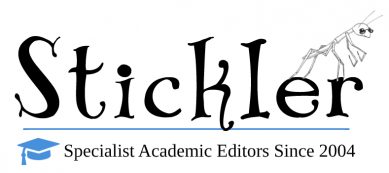Pursuing a postgraduate degree can provide a wealth of opportunity for personal and professional growth. However, as with any major undertaking, it also comes with its own set of challenges. In this article, we explore some of the advantages and difficulties of earning a postgraduate degree, as well as some practical ways to navigate them.
One of the primary benefits of pursuing a postgraduate degree is the ability to specialize in a specific field or area of study. Whether you’re seeking to deepen your understanding of a subject you’re already passionate about or to transition to a new career, a postgraduate program can provide the necessary skills and expertise to excel.
Another advantage is the potential for career advancement. Many employers view advanced degrees positively, and earning a postgraduate degree can open doors to leadership positions within your industry or new opportunities within your current organization. Additionally, a postgraduate degree often leads to increased earning potential, since those who hold postgraduate degrees tend to earn more than those who only hold a bachelor’s degree.
However, there are also challenges to consider. One of the most significant is the cost of tuition. Postgraduate programs can be costly and the financial burden can be prohibitive. But there are options, such as scholarships, grants, and student loans, to help finance your education. It’s well worth researching the financial programs that are offered not just by the institution but in your local area—for instance, grants are often available at the state or county level.
Another challenge is the time commitment. Postgraduate programs can be demanding and require a significant investment of time and effort. This can be particularly difficult for students balancing full-time jobs or other responsibilities.
To overcome these challenges, it’s essential to have a clear plan and the determination to see that plan through. This starts with research—on institutions, programs, tuition costs, financial assistance, and so on. Once you start the program it can be beneficial to set aside dedicated study time, organize your coursework well, and seek out support when needed. You can also consider flexible program options such as online or part-time courses to better accommodate your schedule.
It’s worth remembering that the benefits of a postgraduate degree can far outweigh the difficulties. Advanced education can open up new opportunities and provide the skills and expertise needed to succeed in your chosen field. With a well-considered plan and steadfast resolve, you can overcome the challenges and achieve your goals.









